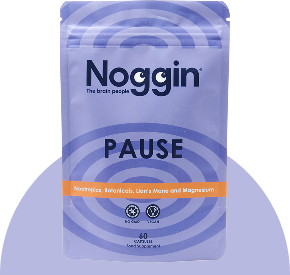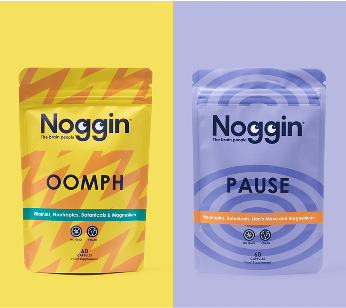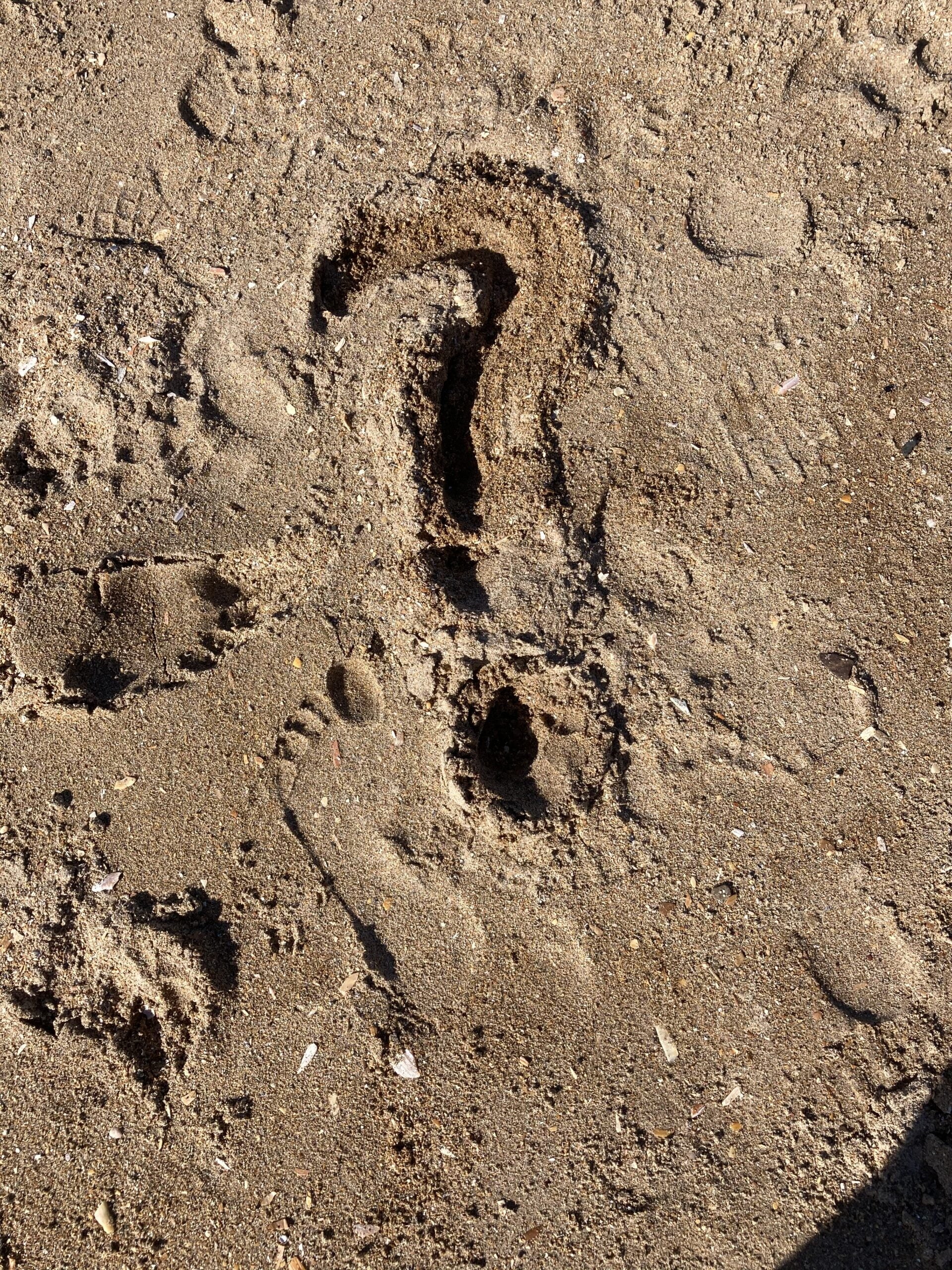New research explores the important relationship between the pace and intentionality of your breathing, and the brain networks involved in mood, attention, and body awareness.
We are in the midst of a global pandemic so it’s no wonder that many of us are under constant stress and one of the easiest and profound ways to reduce stress is by focussing on your breath.
Conversely, shallow breathing when we are stressed also makes us more stressed when instead of using our diaphragm, and telling our parasympathetic nervous system that we’re safe—we breathe quick, shallow breaths high up in our chests, which can signal to our body that we are in danger and make us feel stressed, anxious or worse - both.
So to combat this: slow down, and pay attention to your breath. Meditation, yoga, and other stress-reducing therapies teach us that focusing on the timing and pace of our breath can have positive effects on our body and our brain.
A 2018 study in the Journal of Neurophysiology may support this, revealing that several brain regions linked to emotion, attention, and body awareness are activated when we pay attention to our breath.
The benefits of deep breathing include :
• Decreases stress
• It helps you relax, lowering the harmful effects of the stress hormone cortisol on your body.
• It lowers your heart rate
• It helps lower your blood pressure
• It helps you cope with the symptoms of post-traumatic stress disorder (PTSD)
• It improves your core muscle stability
• It improves your body’s ability to tolerate intense exercise
• It lowers your chances of injuring or wearing out your muscles
• It slows your rate of breathing so that it expends less energy
• Improves digestion
• Helps support correct posture
One account we like on Instagram is Performance_breathworks where performance breathing coach and Scotsman, Andrew, shares tips on getting the most from every breath you take.
Andrew expains "My first port of call to give people an idea of how to start breathing functionally is always to focus on nasal breathing at all times. This is essentially because the nose is literally designed for breathing and subsequently it has so many more helpful functions that the mouth does not".
Some key benefits of nasal breathing:
• The nose helps to clean, filter and warm the incoming air subsequently acting as a far better line of defence than the mouth.
• Breathing through the nose harnesses the gas nitric oxide which pools in the nasal cavity. This gas then acts as a dilator to the blood vessels and soft tissues allowing for far better delivery.
• Another key benefit to nasal breathing is it elicits the use of the main breathing muscle the diaphragm to pull the air into the lower portion of the lungs where the majority of the blood sits allowing for a better mix of oxygen and blood to be delivered around the body and brain.
• This deep belly breath which activates the lower portion of the lungs also helps to stimulate the vagus nerve which is fundamental in creating a calm relaxed response to all forms of stress – essential as we live and try to function mid pandemic post lockdown
• The belly breath using the diaphragm also acts as a stabilizer to the spine and promotes functional movement.
Basically we have evolved to use our noses to breathe and in the last few hundred years we have not only lost our way with nasal breathing but with breathing in general. Our breath gives us the ability to take control of our state and not let unnecessary outside stressors control us which is such a common issue in this modern world especially as this current pandemic imposes another stressor onto the existing load.
He adds "Fortunately there is something simple that we can all do about it to help control our state and start to become participants and not passengers. Reconnect with our breath".
Here is a simple step by step guide to use the breath to alleviate stress and use the brains natural brake pedal.
Consider your Posture, being Aware of your Breath and the Speed of your breathing.
Firstly, Posture – If you are sitting or standing pretend there is a string pulling you up from the top of your head to help lengthen your spine allowing the diaphragm to have sufficient space. Alternatively, if you are lying down have your knees bent feet flat on the floor.
Secondly, Awareness – Be aware of your breathing and also your breathing mechanics to do this place your hands at your sides under your lower ribs AS YOU BREATH IN FEEL YOUR HANDS MOVE OUT. You do not want upper chest breathing concentrate on your hands moving out as you breath in. If you find this hard to do sitting or standing try lying down as this is the easiest position to breath functionally.
Finally, Pause and Slow down – Slow your breathing down - try inhaling for a count of 4 seconds and exhale for 6 or inhale for 5 and exhale for 5.
Keep Well, Dr Clara Russell









